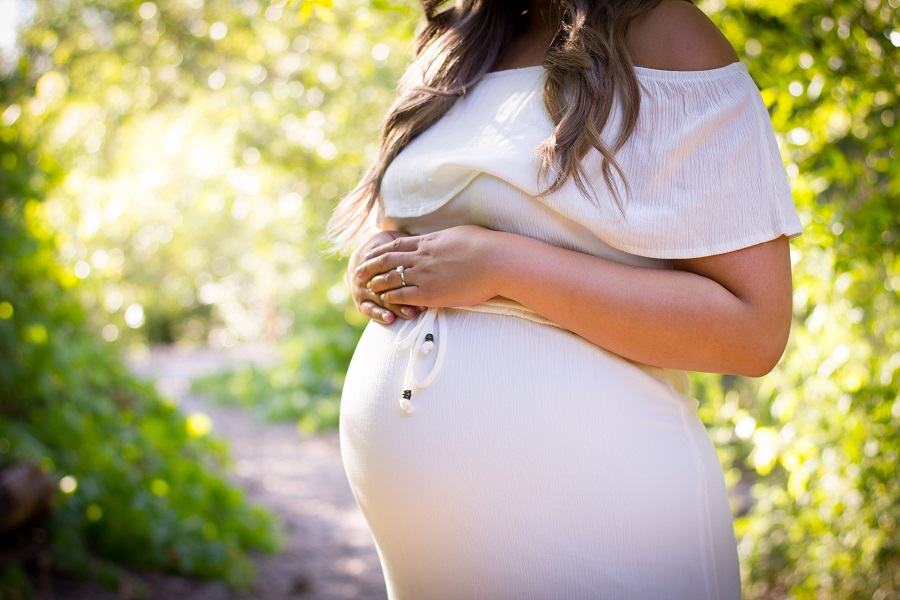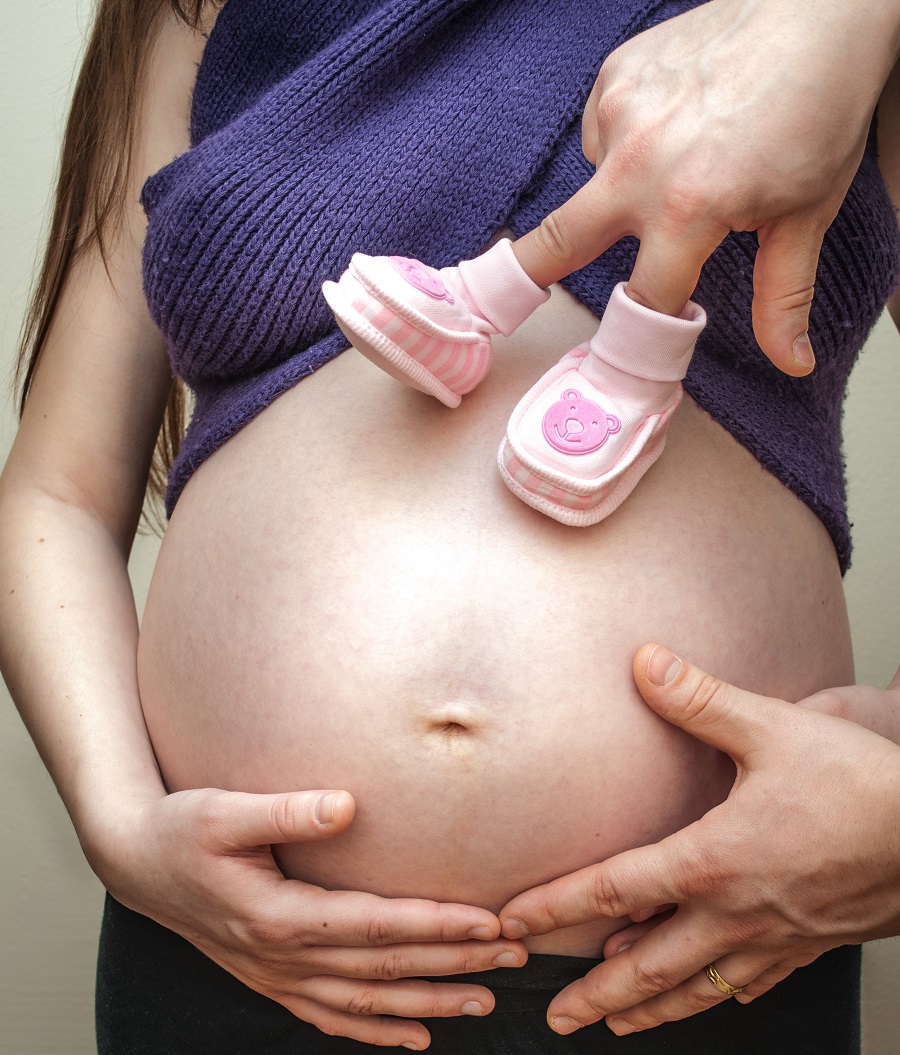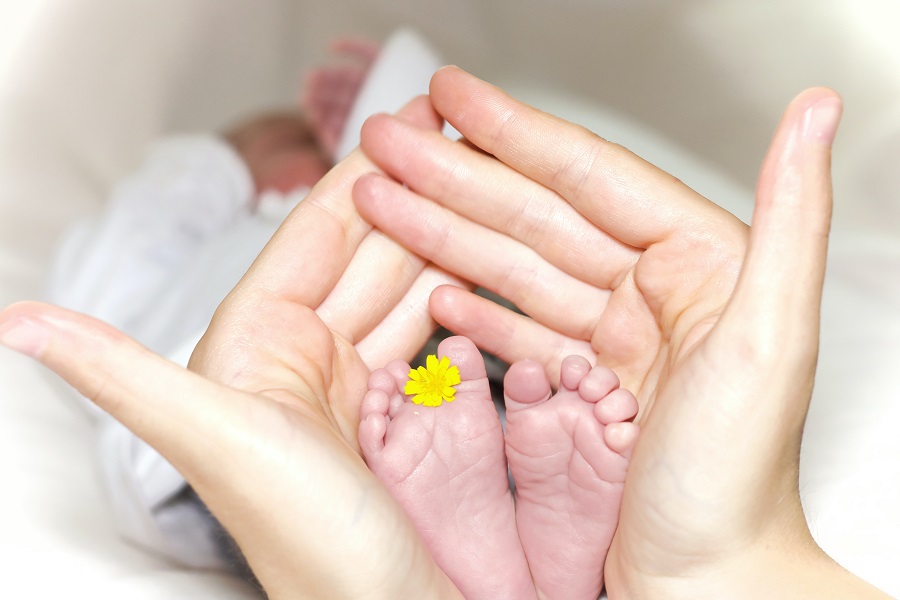
New research by PwC reveals that an estimated 569,000 babies are likely to be born this year. Having a baby is a wonderfully exciting time, but very often can leave women with several questions about what actually happens during the stages of labour.
Here’s what happens at each stage of labour, as well as the products you’ll want by your side from Jane Mason, the founder of pregnancy product range Natural Birthing Company.
The latent phase of labour
This is the first part of labour and is the stage from when the cervix is closed until it is dilated to around 4cm. It does not last a specific amount of time and you can experience painful tightenings or contractions irregularly for 24 hours or more.
Contractions can last 30 to 60 seconds, and can vary in frequency from five to twenty minutes apart. Some women have backache which comes and goes, or stomach cramps. These can all stop and then start up again later on. This is all perfectly normal and is unique for every woman.
The latent phase can last up to 24 hours or more and can be an extremely tiring event, so ensuring that you rest as much as possible and also eating and drinking is very important
The most appropriate place to be during this phase is in your home environment, where you feel the most comfortable as this is where the labour is more likely to progress faster.
Entering a clinical hospital environment at this early stage can increase adrenaline levels, which suppress the body’s natural labour hormones and can slow down the labour. During this latent phase the cervix, which was previously long and closed during pregnancy, gradually thins out and begins opening and this can often result in the passing of a mucousy ‘show’ from the vagina which might be clear or pinky in colour and is normal. When the contractions eventually become very regular (at least three in ten minutes), stronger (you are no longer able to talk through them) and longer lasting (more than 60 seconds) the labour becomes active/established.
Jane Mason says “Natural Birthing Company’s Nourish and Relieve Massage and Stretch Mark Oil can be used at this point by birthing partners to help ease any back or shoulder aches. Massages and physical touch can also help with any pre-birth anxiety, and increase bonding between mother and partner.”

The second stage of labour (also known as active or established labour)
The second stage of labour lasts from when your cervix is fully dilated until the birth of your baby. During this stage, your midwife will monitor you and your baby closely, and will also help you find a comfortable position to give birth in.
Finding a comfortable position
It is usually best to maintain an upright position and be mobile and active during labour – according to Baby Centre only approximately 16% of women give birth standing, squatting or kneeling. An active labour helps the baby to maintain or turn into the optimal anterior position. An upright position will also encourage effective uterine contractions, shorten the latent phase of labour and reduce the need for analgesia. It is best to discuss with your midwife the positions for labour that will be beneficial to you. Studies have shown that giving birth in an upright position was associated with:
- A shorter second stage of labour
- A decreased need for instrumental births
- A slight increase in blood loss
- More second degree tears
As labour progresses women will try a variety of different positions. The most important thing is to remain open to the idea of ‘moving around’, whether this be standing, walking, in the shower, bath, on the bed, or over a bean bag on the floor.
Jane Mason says “Keep our Cool It Mama Cooling Body Spray at hand during this stage, as you can start to feel uncomfortable and finding that comfortable position can give you hot flushes. The naturally-derived ingredient mix of Neroli, Ylang Ylang, Menthol, and Grapefruit work together to calm and relax the body.”
Pushing the baby out
When your cervix is fully dilated your baby will move further down the birth canal towards the entrance to your vagina and you may get an urge to push.
Every birth experience is different, but the pushing stage on average lasts no longer than 3 hours if you are having your first baby, and no more than 2 hours if you’ve given birth before.
This stage is where the real ‘labour’ happens and is where your midwife and/or birthing partner will both support and encourage you.
As your baby’s head is almost ready to come out, your midwife will ask you to stop pushing and take some short breaths, blowing them out through your mouth. This is to give your perineum (the tissue between the vagina opening and the anus) time to stretch.
Occasionally, there may be a need for your midwife or doctor to suggest an episiotomy (an incision made in the perineum) to speed up delivery. According to the NHS, 9 in 10 women in England experience an episiotomy, grazing or tearing during labour. The procedure is no longer standard, but your health care provider might recommend an episiotomy if your baby needs to be quickly delivered. The procedure is usually completed with a local anaesthetic and cuts are usually stitched within the hour of your baby’s birth. Stitches should heal within 1 month of the birth, with pain typically subsiding within 1 – 3 weeks.
Jane says “You can help support the healing process after an episiotomy by using Bottoms Up Soothing Bottom Spray to relieve the vulva and perennial area following childbirth, particularly after an episiotomy, tears or grazes.”
Once the baby’s head is born, the rest of the body is usually delivered during the next couple of contractions. You’ll usually be able to hold your baby immediately and enjoy some skin-to-skin time. Baby usually has their first feed within an hour of birth.

The Third phase of labour
The third and final phase of labour happens when your baby is born but the placenta needs to be delivered. Your midwife will speak with you about your preferences for this stage of labour, but you can either opt for:
Active management – having an oxytocin injection that helps you deliver the placenta
Physiological management – delivering the placenta without any injection
It is recommended that the umbilical cord is not clamped and cut until at least 1-5 minutes after you have given birth.
Visit www.naturalbirthingcompany.com for natural and vegan products that are developed by midwives, aromatherapists and chemists to treat the real symptoms of pregnancy and postpartum. Products are available from £6.99 at Next, Boots, Holland and Barrett, and Feel Unique
RELATED: Newborn Essentials Checklist, everything you actually NEED.

Just a group of real women dealing with life’s daily struggles! Want to write for us? Email: hello@thedailystruggle.co.uk